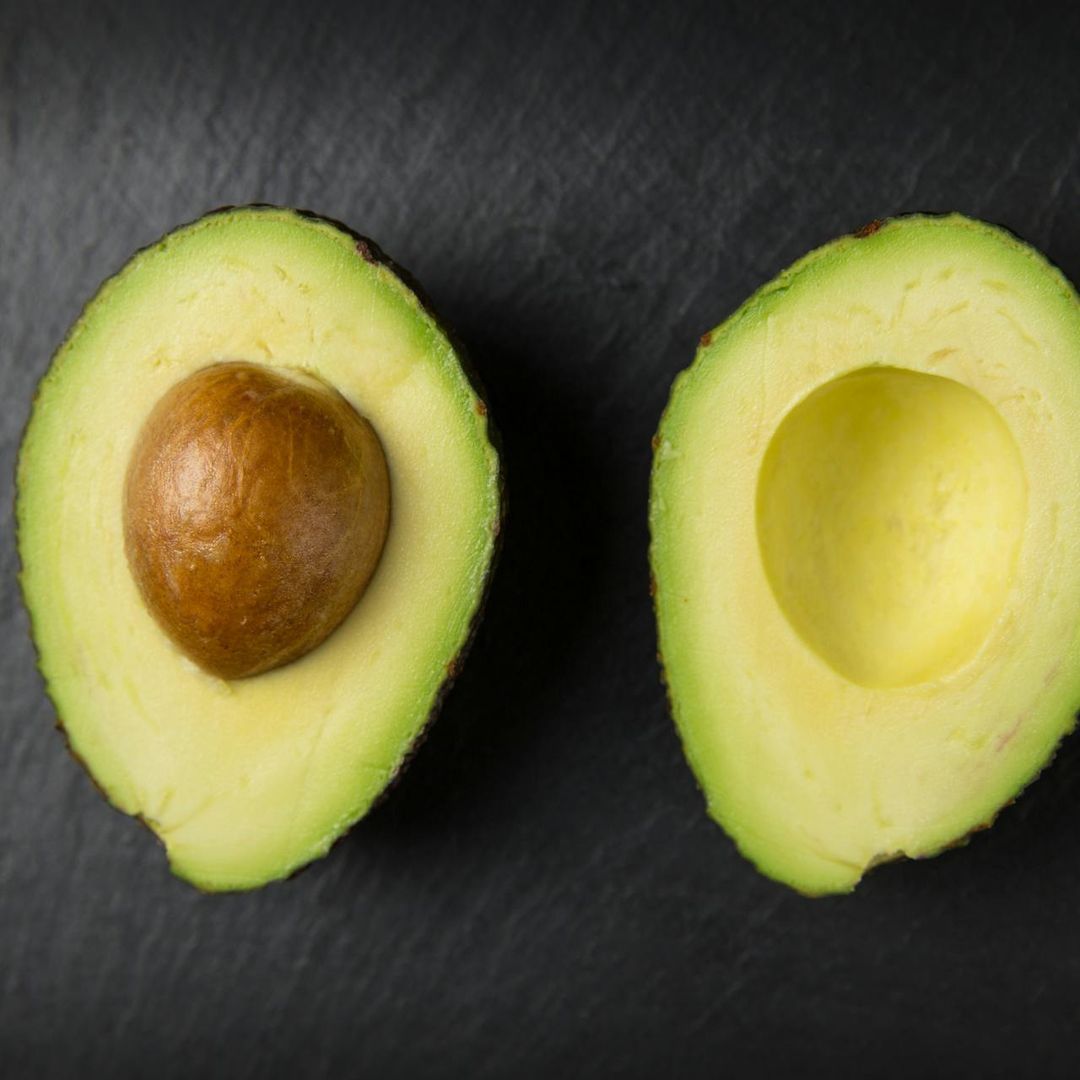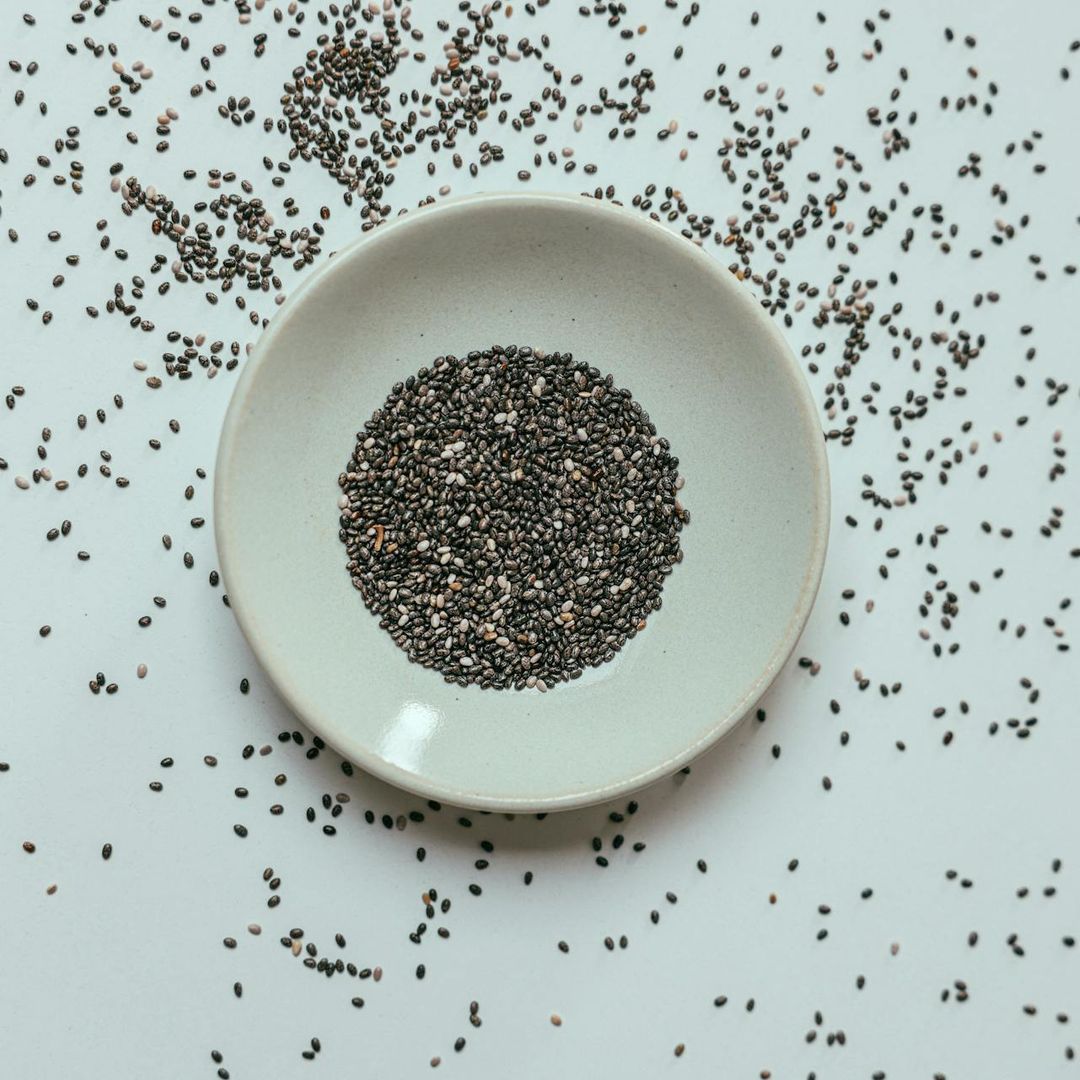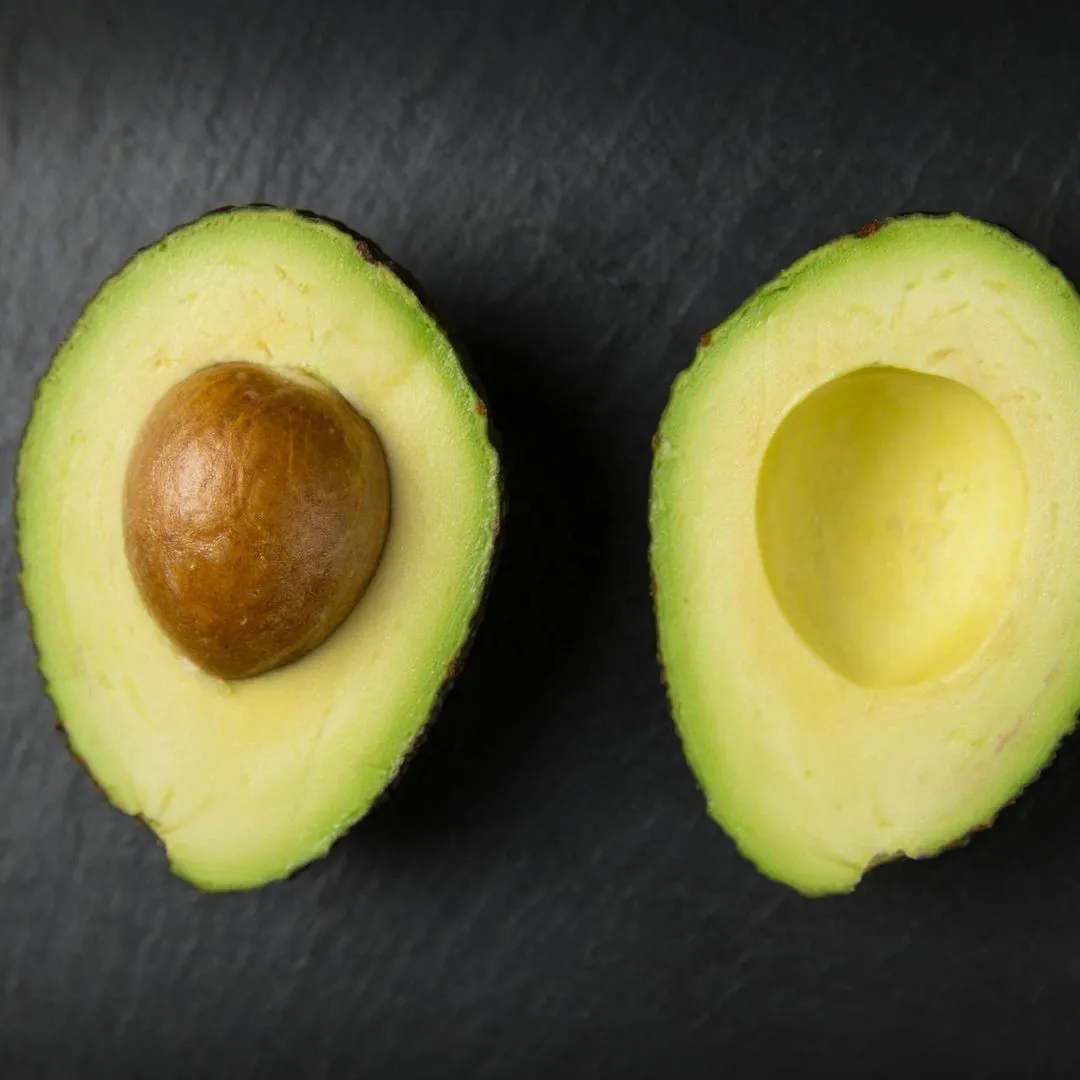Superfoods: Myth or Reality? The Truth Behind the Trending Foods

In recent years, the term superfood has forcefully entered our food vocabulary. From goji berries to spirulina, from chia seeds to avocado, these foods have been celebrated as true elixirs of life, capable of improving health, boosting energy, and even slowing aging. But how much truth is behind this label? Are they truly miraculous, or is it just a well-orchestrated marketing ploy? To find out whether superfoods truly deserve their name, we must look beyond the hype and hype, analyzing their nutritional value and scientific evidence. Lets get ready to explore the myths and realities of these much-celebrated foods.
What are superfoods?
The term superfood has no official scientific definition, but it is used to describe foods rich in nutrients, such as vitamins, minerals, antioxidants, and other compounds beneficial to health. In theory, a superfood should provide an extraordinary amount of benefits compared to other foods. Among the most famous are: Goji berries: Often considered an elixir of youth due to their high antioxidant content. Avocado: Rich in healthy fats and vitamins, it is the symbol of modern cuisine. Quinoa: A complete source of plant-based protein, much loved by vegetarians. Chia seeds: Known for their high fiber and omega-3 content. Turmeric: Prized for its anti-inflammatory properties thanks to curcumin. Maca: A Peruvian root that promises to increase energy and hormonal balance. These foods are often touted as panaceas, but is that really the case?
The Bright Side: The Benefits of Superfoods
Theres no denying that many superfoods are nutritious and healthy. Here are some of their most popular qualities: 1. Rich in antioxidants: Foods like blueberries and green tea contain polyphenols, which help fight free radicals, responsible for oxidative stress and aging. 2. Sources of essential nutrients: Quinoa, for example, is a rare plant-based source of complete protein, containing all essential amino acids. 3. Specific properties: Turmeric has been shown in numerous scientific studies to have anti-inflammatory effects, while chia seeds are excellent for gut health thanks to their fiber content. 4. Support for the modern diet: In a world where many suffer from nutritional deficiencies, these foods can provide useful support to enrich the daily diet.
Superfood Myths: Whats Behind the Marketing?
Despite the benefits, its important not to get carried away by miraculous promises. Here are some inconvenient truths about superfoods: 1. Theyre not a magic solution: No single food can transform your health. A balanced diet and a healthy lifestyle are essential. 2. Often overrated: Many superfoods are no more nutritious than common foods. For example, goji berries dont offer significantly more antioxidants than blueberries or strawberries. 3. High prices: Imported superfoods, such as spirulina or maca, can be very expensive. Often, cheaper local foods, such as kale or chickpeas, offer similar benefits. 4. The issue of sustainability: The growing demand for exotic superfoods can lead to environmental and social problems, such as over-cultivation or land grabs in their native areas.
Local Superfoods: A Sustainable Alternative
You dont have to travel to the other side of the world to find nutritious and beneficial foods. Italy, for example, offers a wide range of local superfoods that are every bit as good as their exotic counterparts: Walnuts: Rich in omega-3s, vitamins, and minerals, theyre an excellent brain food. Kale: An extraordinary source of vitamin C, fiber, and antioxidants. Beans and chickpeas: Rich in plant-based protein, fiber, and iron. Extra virgin olive oil: Known for its cardioprotective properties thanks to its monounsaturated fatty acids and polyphenols. Choosing local superfoods is not only cheaper, but also helps support the local economy and reduce environmental impact.
What does science say?

Research on superfoods is often promising, but not always conclusive. For example, curcumin in turmeric has been shown to have anti-inflammatory properties, but the doses required to achieve significant effects are difficult to achieve through diet alone. The omega-3s in chia seeds are beneficial, but less bioavailable than those found in fish. The antioxidants in goji berries are beneficial, but their consumption isnt necessarily superior to that of more common foods. Ultimately, superfoods can be a healthy addition to the diet, but they shouldnt be considered a cure-all.
Conclusion: Myth or Reality?
Superfoods arent a myth, but theyre not the answer to all our health problems either. Theyre nutrient-rich foods that can certainly improve our well-being, but their consumption must be seen as part of a broader context of a balanced diet and healthy lifestyle. Instead of chasing the latest fad, the advice is to prioritize a varied and colorful diet, choosing nutritious and, if possible, seasonal foods. Ultimately, the true superfood isnt a single food, but a combination of conscious and sustainable dietary choices. Because, ultimately, theres no miracle food; a balanced life is the true secret to well-being.

gourmet
Data di inserimento 21 nov 2024
Report article


Comments
There are no comments yet.